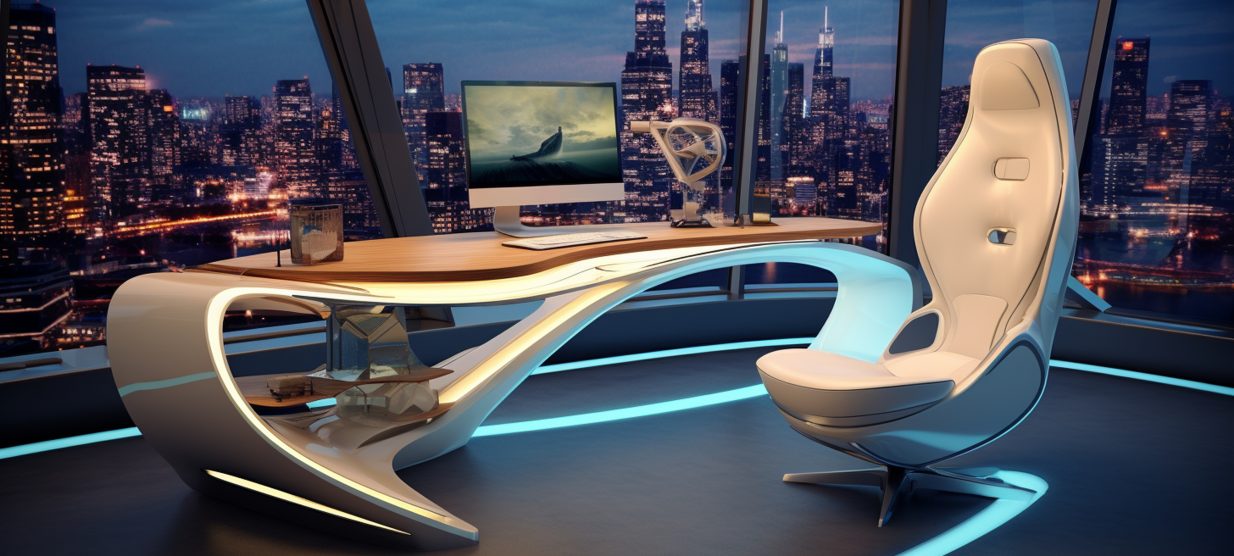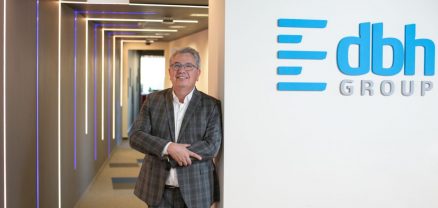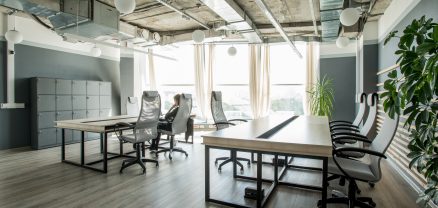Offices in 2050: Science Fiction or Realistic Future?
The idea of offices in 2050 may sound like pure imagination. Yet, every decade brings changes that once seemed impossible. Remote work, flexible hours, and smart technologies were futuristic not long ago. Today they are standard. That raises the question: what will offices in 2050 really look like, and are we heading toward science fiction or a realistic future?
How the Workplace is Evolving
The workplace is already changing at a fast pace. Digital tools have transformed how we collaborate. Hybrid setups have blurred the line between home and office. These shifts suggest that future offices will keep adapting to both people’s needs and global challenges. Instead of a radical break, we might see steady progress built on today’s trends.
The Role of Sustainability
One major theme will be sustainability. By 2050, green buildings may become the rule rather than the exception. Offices will use renewable energy, smart lighting, and self-regulating climate systems. Designs will include more natural light, plants, and recyclable materials. These eco-friendly spaces will not only reduce costs but also improve employee well-being. Healthier work environments could boost creativity and focus, making green offices a win-win solution.
Technology as a Driving Force
Technology will play an equally important role. Artificial intelligence will assist with scheduling, project management, and decision-making. Offices may rely on AI-driven personal assistants that understand work patterns and offer support before we even ask. Virtual reality could replace many meetings, creating shared digital spaces where teams interact almost as if they were face-to-face. For global companies, this may cut travel and save valuable time.
Flexibility and Human Needs
Another trend is flexibility. By 2050, offices may no longer be fixed places we go to every day. Instead, they could serve as hubs for collaboration, networking, and creativity. Individual tasks might still be done remotely, while offices become social and professional centers. This change would reshape city planning as well, with more mixed-use spaces that combine work, leisure, and living areas. The idea of long commutes may slowly fade.
Possible Challenges
Of course, challenges will remain. Not every industry can go fully digital. Some jobs will still require physical presence. At the same time, advanced technologies may raise questions about privacy, control, and the balance between automation and human creativity. Companies will need to find the right balance so that offices of the future remain human-centered rather than machine-driven.
A Balanced Future Vision
Looking ahead, offices in 2050 will likely be a blend of science fiction and reality. They will include futuristic technologies, yet stay grounded in practical needs. Sustainability, flexibility, and human well-being will guide their design. The journey has already begun, and while we may not see flying desks or robots as our bosses, the future workplace will be smarter, greener, and more connected than ever.

Do not hesitate to contact us
Get in touch, if you have any question

